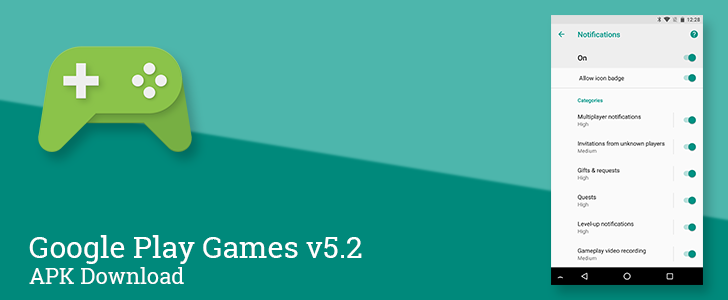latest
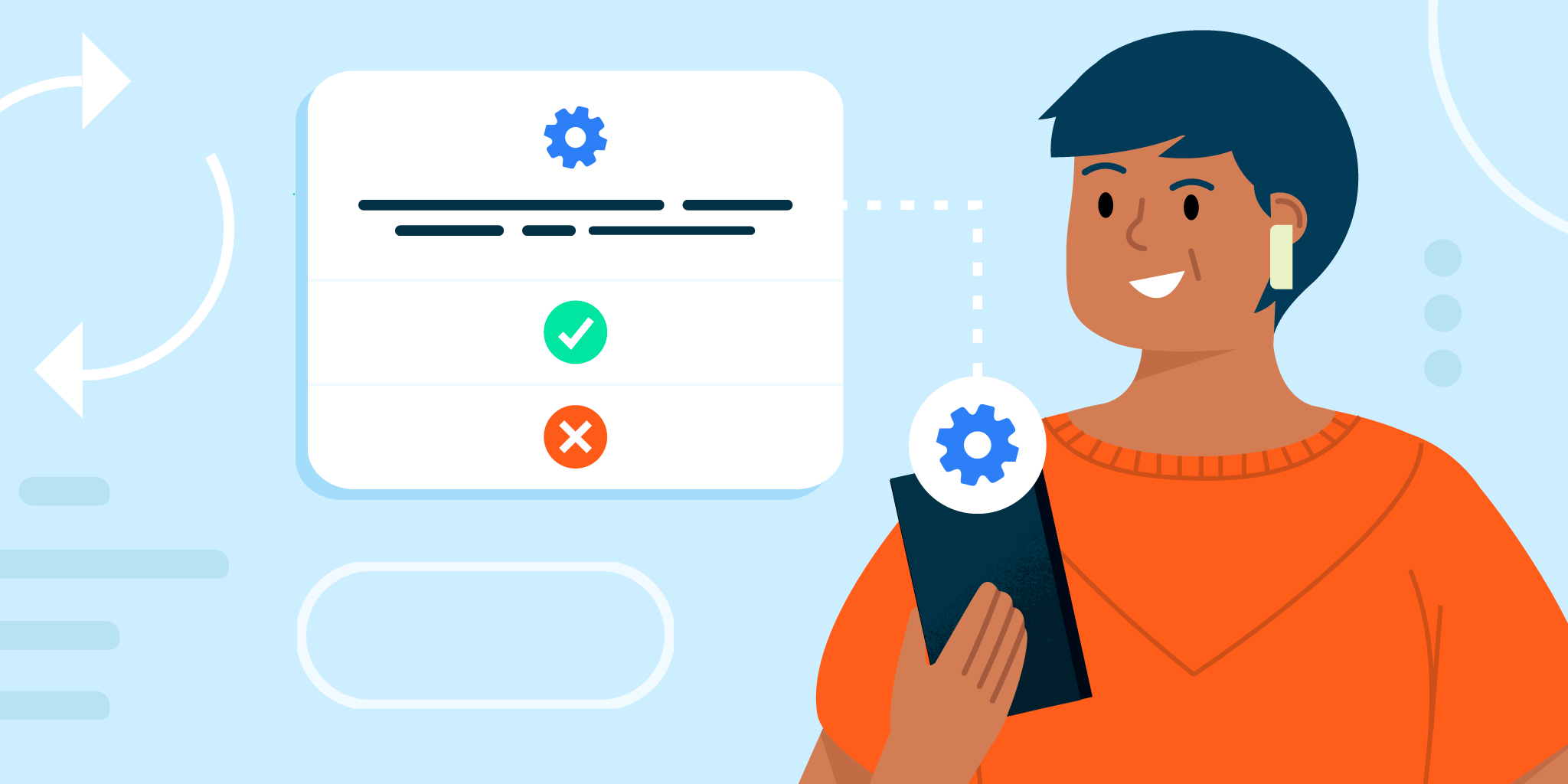
Your old Android phone is getting better about keeping you safe from barely-used apps
'Those permissions granted to you? Yeah, we're gonna need them back...'
Google is alerting app developers to some big coding changes ahead of the planned expansion of Android's permission auto-reset policy. This means more users will have permissions they've granted to apps automatically revoked starting in December. Here's what you need to know as a consumer.
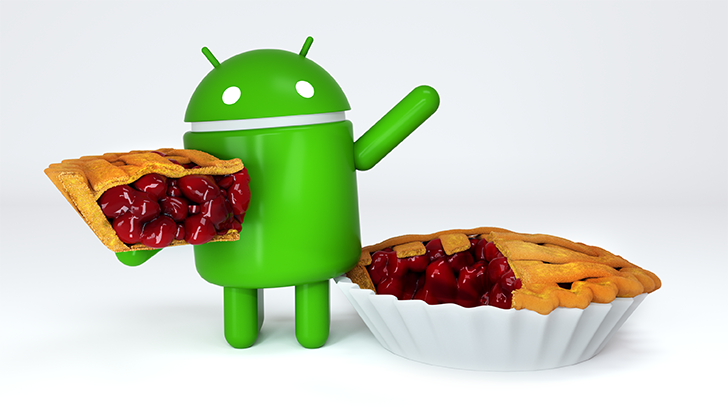
Google's official Android distribution numbers give us an insight into which OS versions are still being used, and serve as a visual representation of the platform's fragmentation. The stats have just been updated again for October, and Android 9 Pie is still nowhere to be seen.
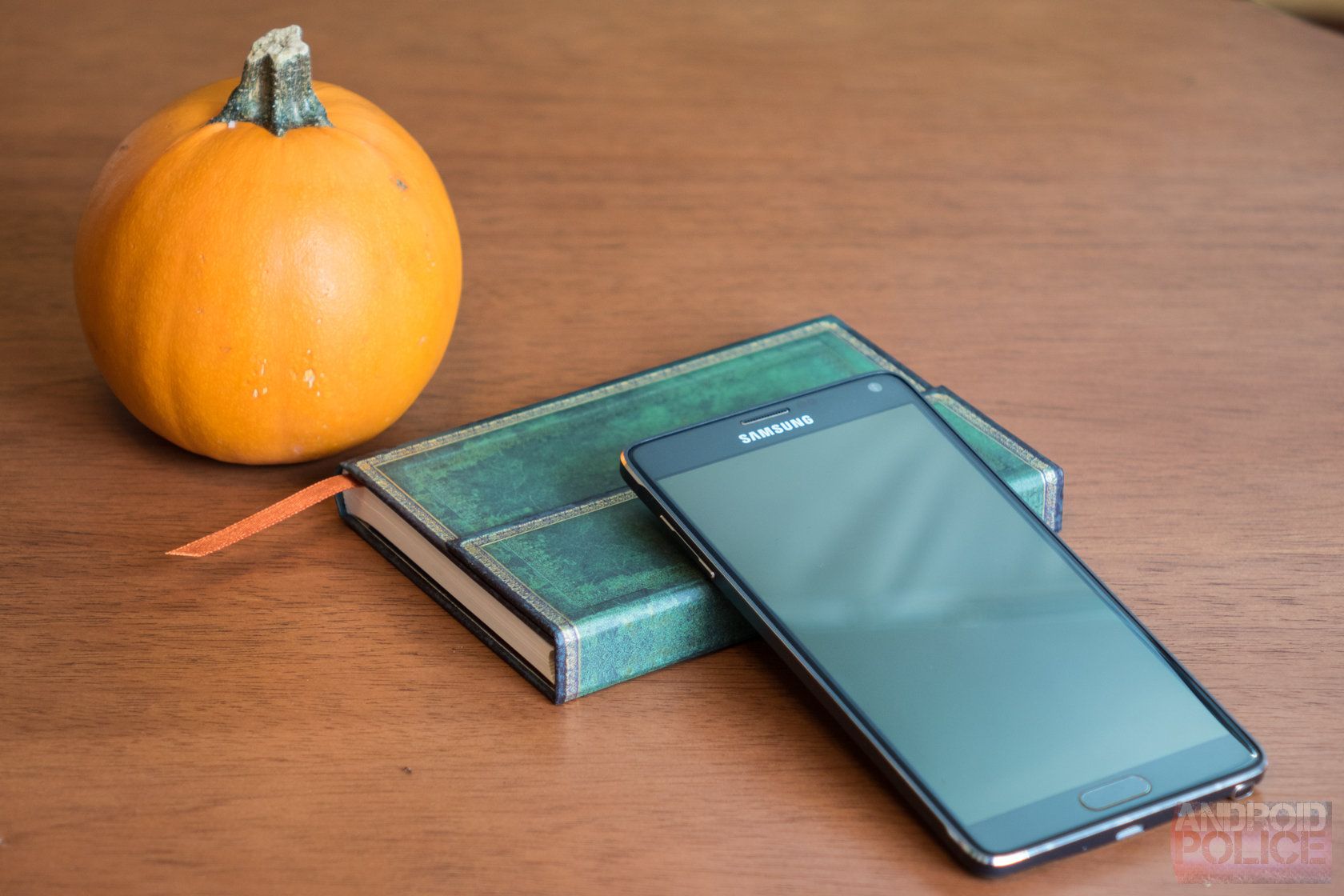
We've all been there—a phone that was snappy and stable becomes dramatically less so after the OEM releases a slapdash update. Italian authorities have investigated Samsung and Apple for the way they develop and deploy updates to older phones. As a result, Samsung has to pay a €5 million fine, and Apple's is double that.

In what is becoming a tradition, Google has published new Android platform distribution numbers for September before the month is even over. In fact, Google bumped the numbers once in the middle of September, which is a bit peculiar. Whatever the motivation, it wasn't to show off the impact Android 9 Pie has made, as the latest version of Android is still apparently sitting below the 0.1% threshold for inclusion.
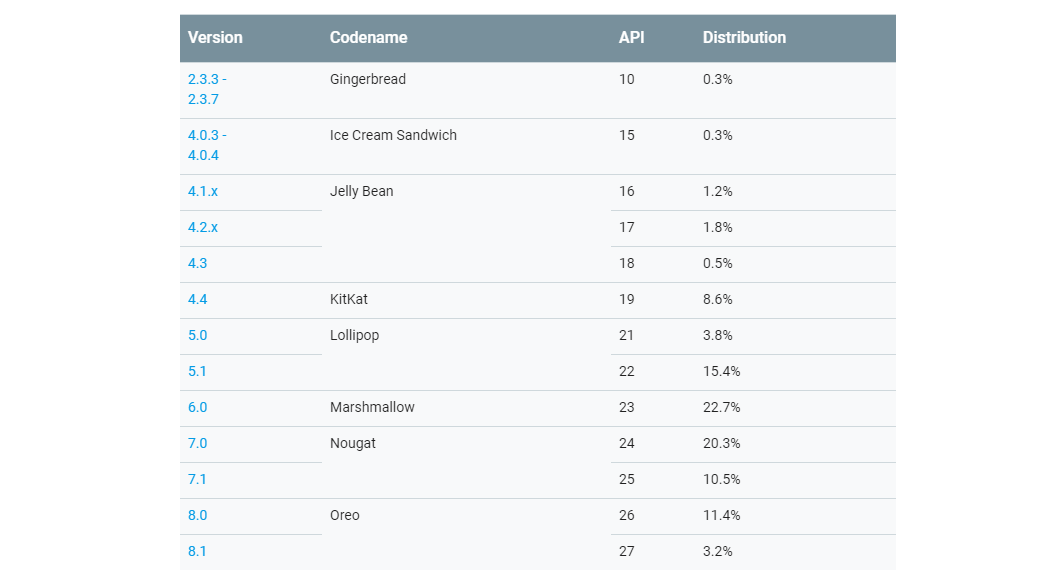
August isn't even properly over, but already Google has pushed the month's platform distribution numbers, detailing the precise statistics of Android versions used across devices. Last month's statistics were of particular interest after the two-month gap, resulting in some inflated numbers, but this month things are back to normal. As always, newer versions of Android are up, and older versions are (mostly) down. Interestingly, Pie has yet to rear its head, despite launching earlier this month.
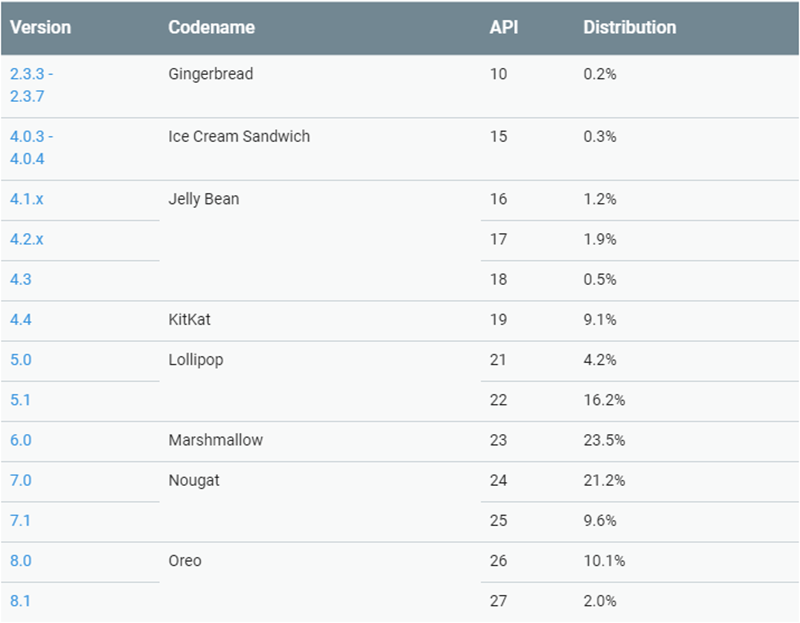
We get it, Google. You're busy with a lot of things, and platform distribution updates can fall by the wayside. Still, the most recent two-month gap was unusual. Someone finally had time to spit out new numbers today, and it's actually rather good news. Oreo usage is up to 12.2% across both versions, which is more than double where it was back in May.
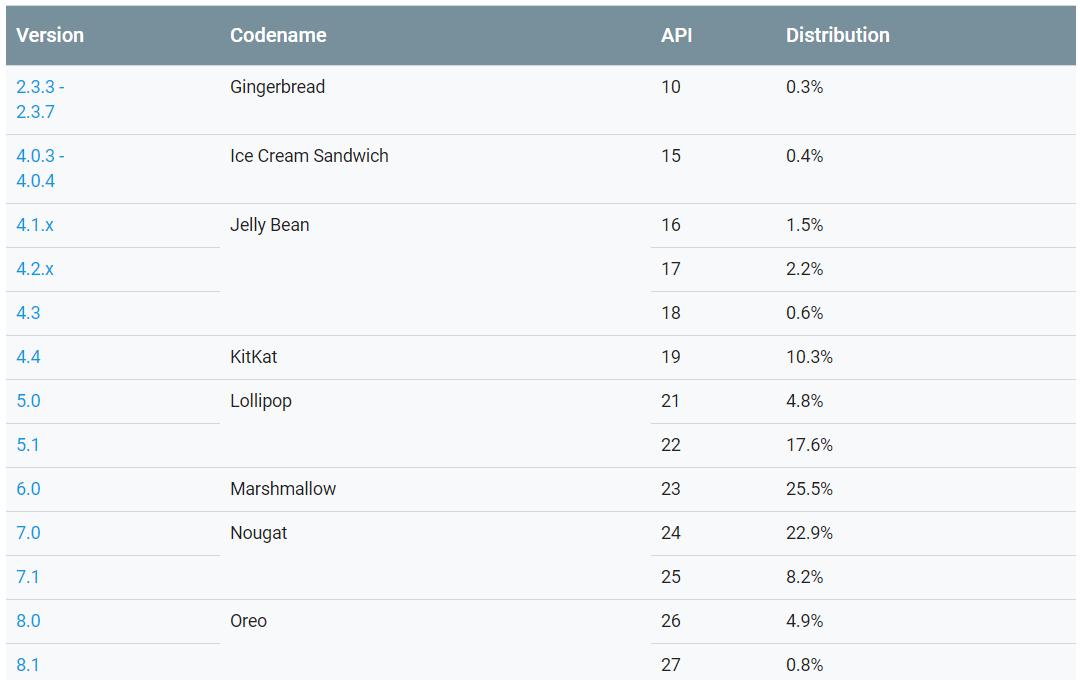
The big news today is all from Google I/O today, but that's not all we have to talk about. The developer dashboard has also gotten an update with new platform distribution numbers. So, Oreo is huge now, right? No, it's at a modest 5.7% usage share. That's up from just under 5% last time. That's behind Nougat's pace last year.
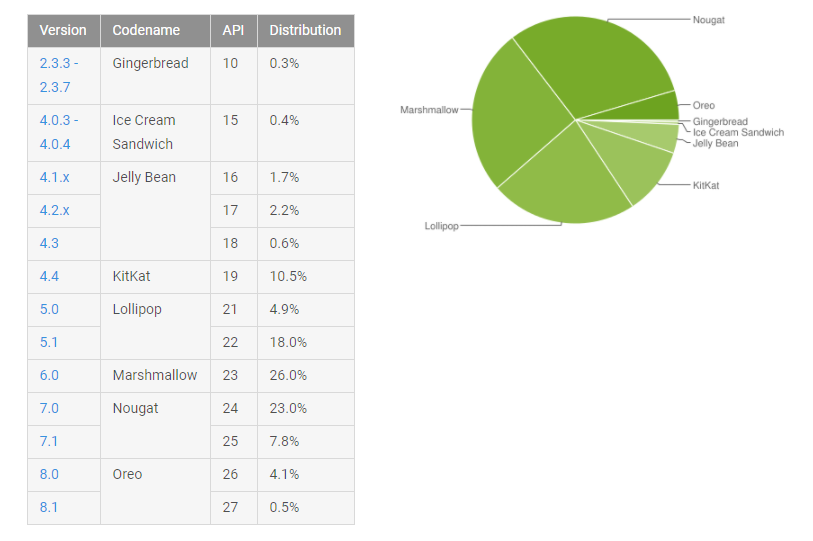
Things must be busy at the Googleplex right now. That's the only reason I can think that Google couldn't get someone to dump the latest platform distribution data online for the last six weeks. The last time we had fresh numbers was the beginning of February, but Google has just issued an out-of-cycle dashboard update with new numbers. There are no surprises here—Oreo is still growing (slowly) and old versions of Android are shrinking (slowly).
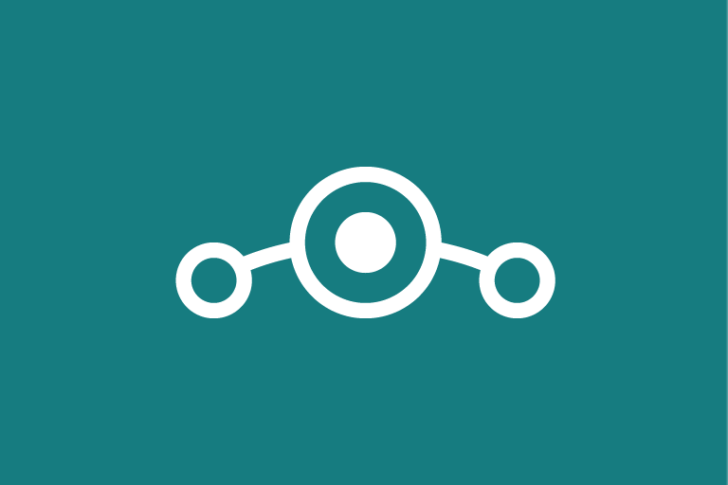
CyanogenMod 13, based on Android 6.0 Marshmallow, first arrived in November 2015. It was soon switched to Android 6.0.1, and continued to be the main branch of CyanogenMod until version 14.1 was released one year later. After the CyanogenMod community re-organized into LineageOS, the distribution was renamed to LineageOS 13.
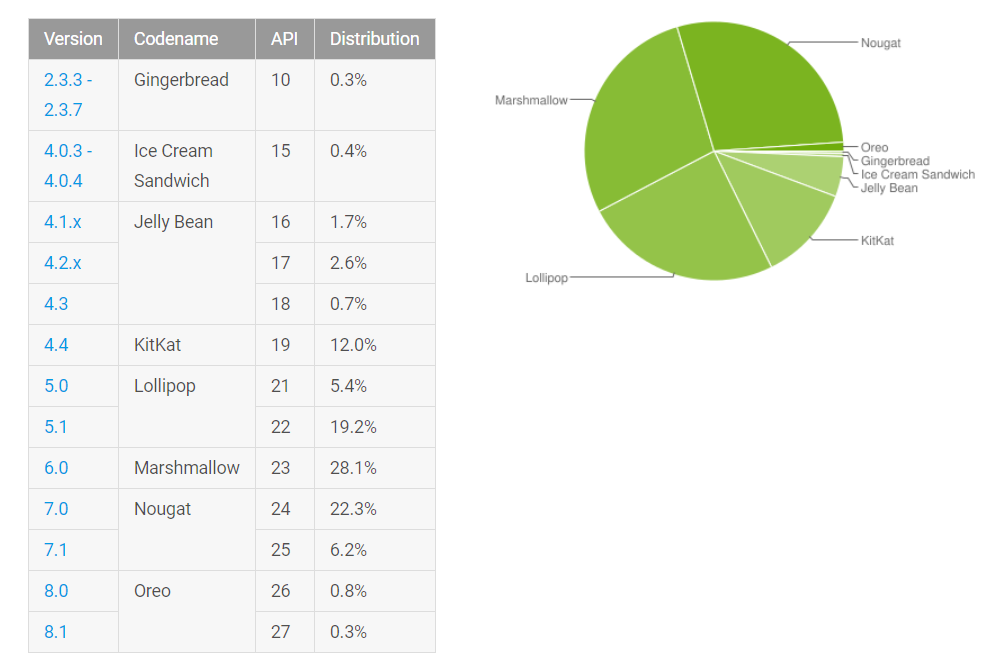
Android 8.0 has been a low burn since its release last fall. It's been gaining a tenth of a percent here and there on the distribution charts, and Android 8.1 just appeared last month. This month, there's a slightly larger bump that finally pushed the latest and greatest Android up over 1%.
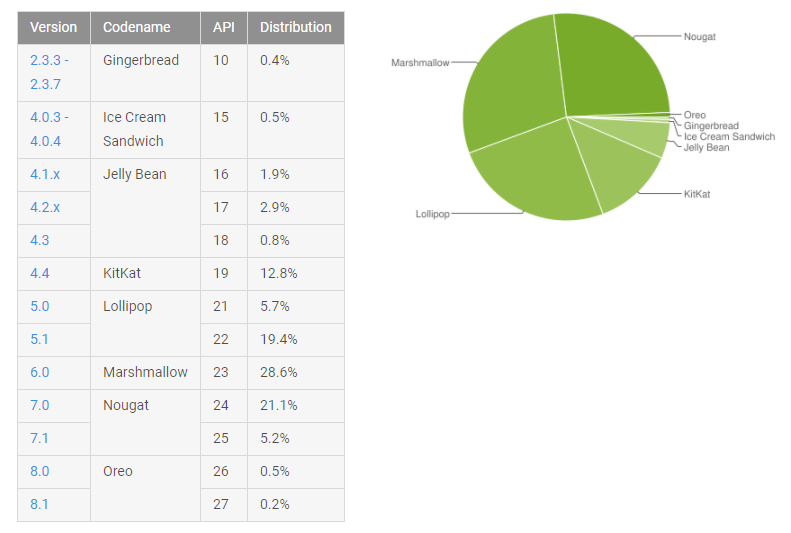
The time has come again for Google to provide an overview of what versions of Android are out there in the wild. Last month saw some big (proportional) gains for Oreo as most other versions of Android continued to slide. This time, we have the first appearance of Android 8.1, but Oreo's adoption is still in lock-step with Nougat last year.
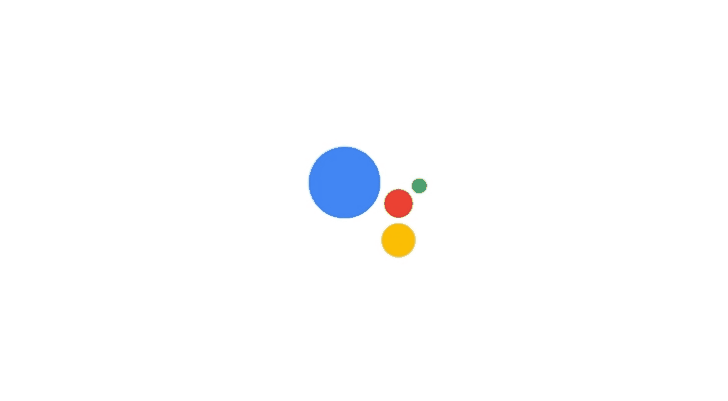
Google launched Assistant over a year ago with the original Pixel phones, but it expanded to more devices just a few months later. However, only phones with new-ish software were included. Starting now, Assistant is coming to more phones and (finally) tablets.
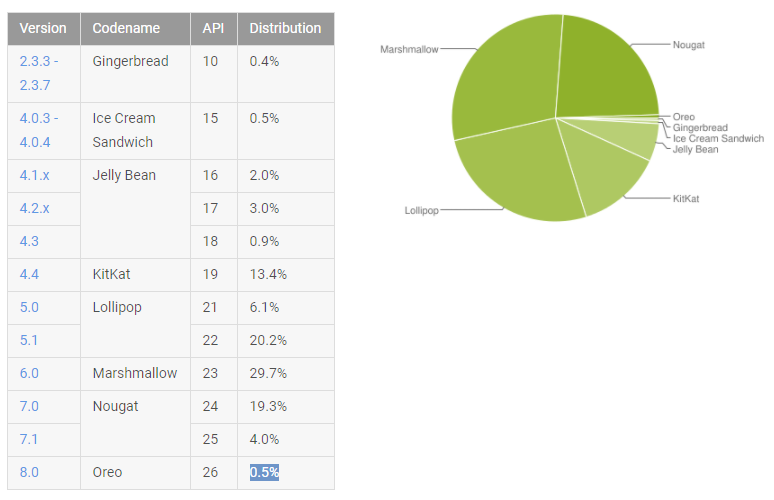
Well, it's that time of the month again. Like last month, Google's a bit later than it usually is with these numbers, and it isn't because we have a new version of Android for the chart. Although 8.1 has been released, this month's platform distribution numbers don't include it. Nougat continues to make gains, cumulatively adding an extra 2.7% to its slice of the pie, and Oreo has almost doubled to 0.5%.
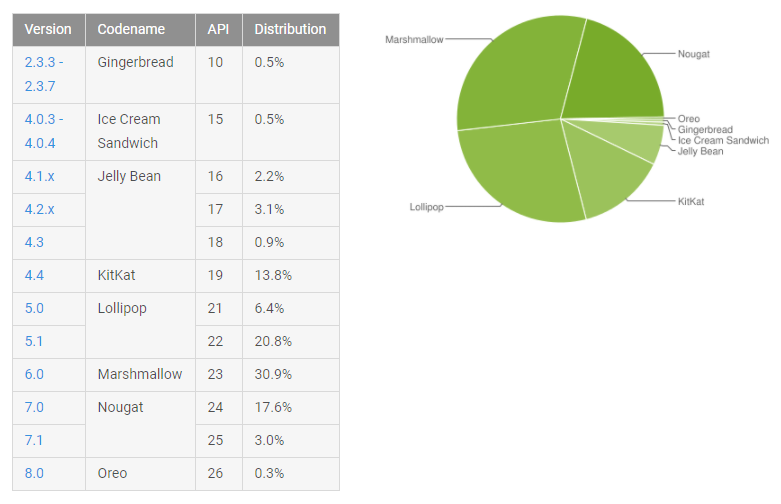
It was beginning to look like Google wouldn't get around to releasing platform distribution numbers this month, but it just came through. The news, however, isn't great if you've been pulling for Oreo to catch on. After debuting last month at 0.2% market share, Oreo is up just another tenth of a point this month. Meanwhile, Nougat saw a more substantial increase.
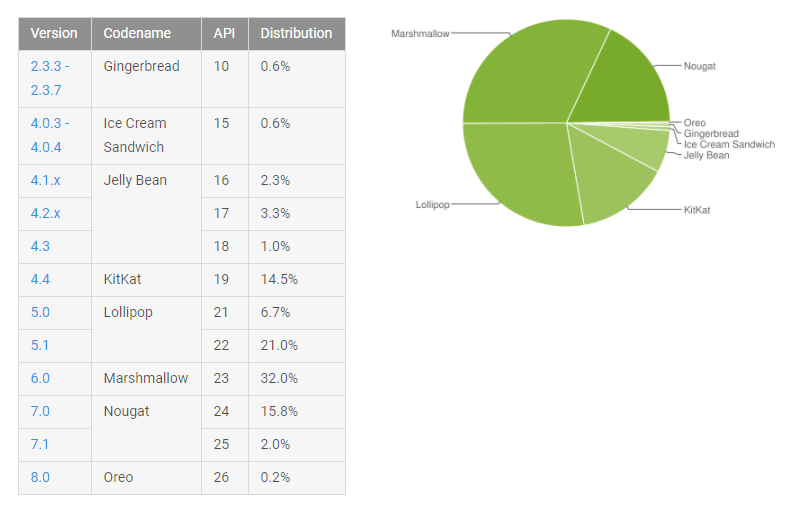
Another month, another update to the Google Developer dashboards. This time there's something new in the Android version stats, although it's a very, very small something. After the unsurprising no-show last month, Android 8.0 Oreo has made its first appearance this time with a grand total of 0.2% device share.

If you've spent any amount of time in one of Target's 1,800 US stores, it's likely you've seen an employee using a dressed-up iPod Touch to look up stock info. It's been that way since 2014, but the retailer is now switching to Android for all its essential sales floor activities. These aren't any devices you've ever seen, though. Target is using an enterprise-oriented Zebra TC51.
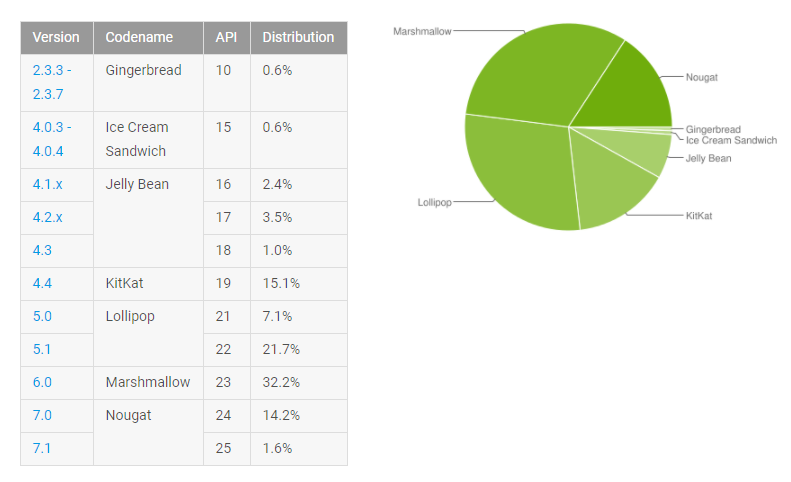
There's an Apple event happening at this moment, during which the company will probably brag about how unified its iOS user base it. Google chose right now to update the platform versions in the developer dashboard. Android is, well, not entirely unified, but that's nothing new. Nougat is still gaining this month, Marshmallow is on the decline, and there's no sign of Oreo yet.
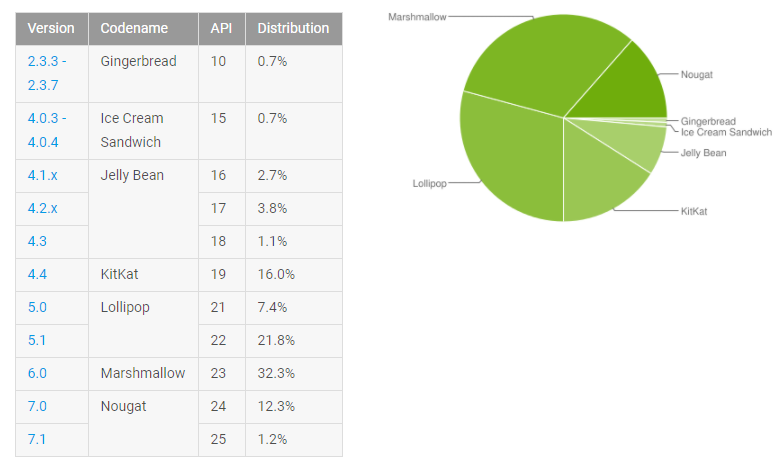
Google has updated the developer dashboards for August, and that means a new glimpse at which versions of Android are floating around out there. Like last month, Android 7.0 and 7.1 saw a small gain, and most other versions saw a small drop. That leaves Nougat on just 13.5% of devices today, and it's entirely possible Android O will arrive before another platform update does.
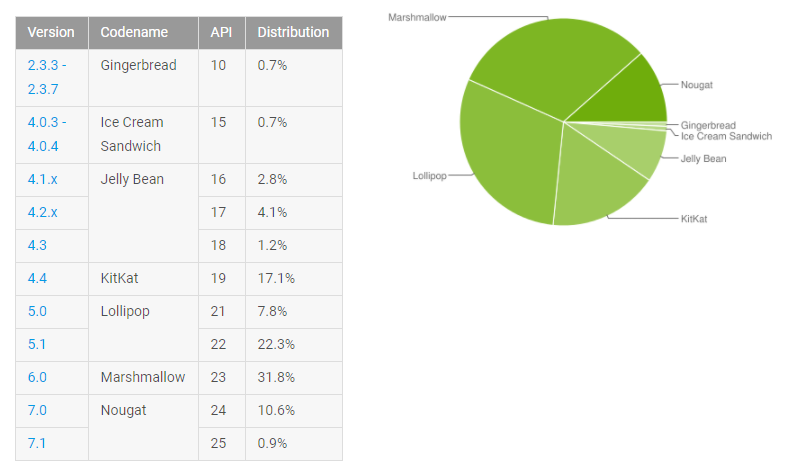
Google has provided updated numbers on what versions of Android are out there in the world, and again Nougat is showing a respectable, though not impressive rise. Nougat has increased by 2% across both versions, which is a bit weaker than last month's 2.4% rise. Some older versions of Android saw larger than expected decreases, but Nougat has still fallen behind the pace set by Marshmallow last year.




